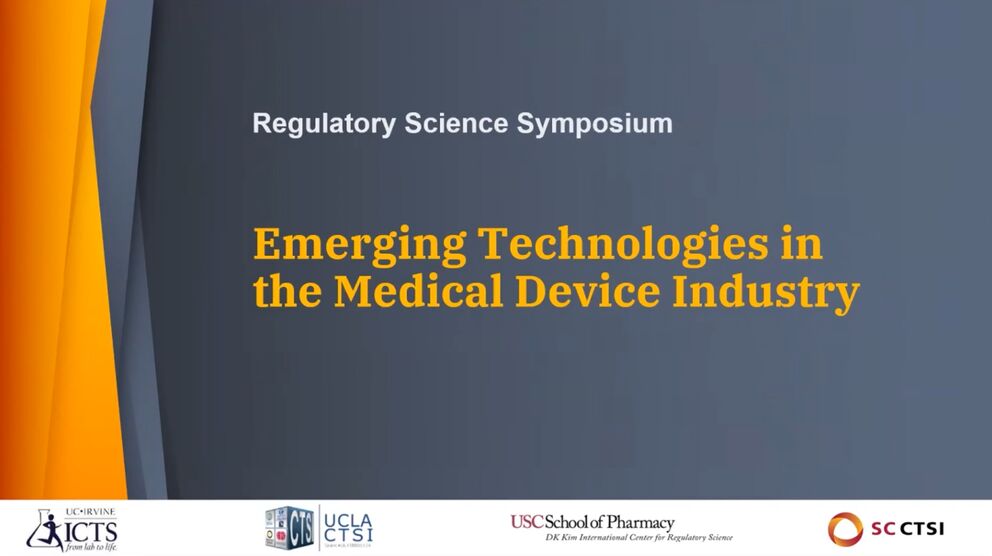- Speaker background: Medical device lawyer. Helping to figure out how products are regulated, etc.
- Typical Drug Development Process:
- Where can AI Fit into Drug Development?
- Pre-Market:
- i. Two main ways used for early drug discovery: use of machines to predict the binding pockets in molecules. Antibody and Protein engineering: very difficult. More so than small molecule development. AI helps more efficiently produce the protein.
- ii. Protein engineering: use cases (helps speed up drug development):
- iii. Target Discovery
- AI helps with screening or compounds. Where in the body can a protein attach? Finding the target. Tumor? Protein? Problematic cell or molecule?
- iv. Protein structure
- Protein folding/ how does it absorb/distributed:
- Knowing the amino acid sequence is a challenge.
- The human genome holds 20,000 proteins. We only know part of the structure of these proteins. Have a protein that might turn into a drug. Can use AI to predict the sequence and properties. Identify with AI the optimal experiments to lead to the answer needed.
- v. Protein Optimization
- vi. Current Examples:
- AI tool (DeepMind)
- Protein folding is so difficult. Typically, scientists would try to identify the structures, etc.
- Predicted the structures of many proteins.
- Partnered with a European institute and predicted all cataloged proteins known to science.
- Graphics: showing what we knew originally vs what alpha fold identified a year ago, and what they learned in July.
- Drug companies are partnering with AI tech.
- Healx partnering with Ono: Ono wants to develop drugs for rare diseases.
- Models are trained to discover novel disease biology and modes of action.
- Biotech Absci used AI models of protein model function manufacturability.
- AI tool (DeepMind)
- Clinical Trials:
- Patient identification:
- i. Could identify patients in need of therapy. Some were reviewed by FDA. AI aids in a diagnosis. Marketed therapy for that patient.
- Pre-Market:
- Policy issues this raises
- Privacy is a key issue to having access to data. EU approach. Big AI regulation.
- Key issues on the US side: regulatory and privacy go hand in hand. State laws pop up to address privacy…clinical trials in multiple states have to check if they are following the regulations.
- GDPR:
- i. Privacy law in Europe. Challenge for any uses of AI and advanced computing. The regulation applies to anyone conducting research.
- There is a number of potential targets for new drugs.
- How long does it take to bring a new FDA-approved medicine to patients? At least 10 years on average. Oncology drug development is getting faster and faster, but 10 years is the average.
- Costs 2.6 billion, on average. Several drugs will get cut in any part of the process including ones that went through the FDA-process
- Phases one and two are generally less than phase three. Some drugs for cardiovascular purposes involve following patients that have a cardiac event. No specific breakdown currently (~100 million for one and two)
- AI can be used in clinical trials to comb through health records, rare biomarkers, and health history, predicting optimal outcomes.
- Certain drugs can help people in other avenues, and these trials sometimes help with that.
- 80% of clinical trials fail.
- Hard to get enough patients in areas of rare diseases.
- In the past clinical trials would request people through referrals and recruitment ads.
- Now, we have AI’s ability to extract information.
- i. Helpful for patients who may not have had a therapy to treat it.
- ii. Patients may be eligible for clinical trials. Identify investigators and site, and compliant with GCP, any violations you have to document, etc.
- iii. AI can help look at how past trials have performed.

